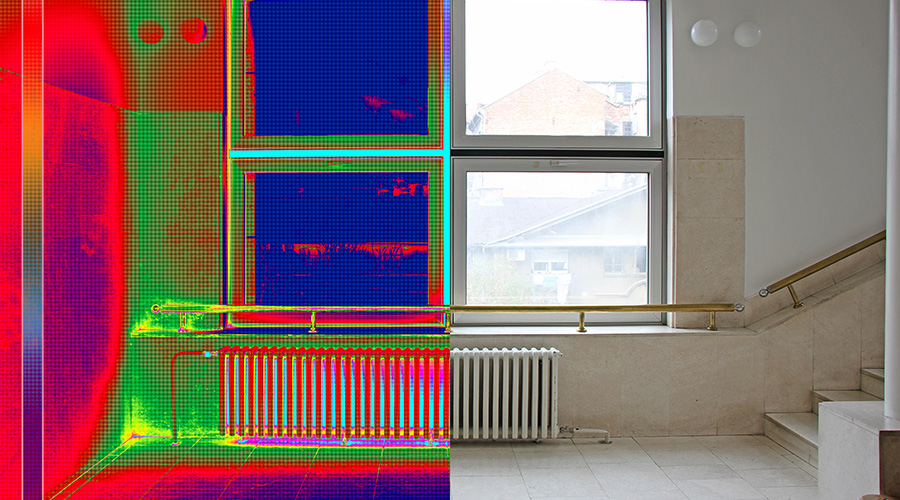Lack of K-12 Funding Leads to Breakdown Maintenance
The district’s 878 schools span more than 120 years in age. That range in building age and the different types of systems within those facilities presents a host of maintenance challenges. Add budget cuts to the mix, and the situation can seem dire.
Before the district started receiving an influx of funds over the last 10 years, preventive maintenance programs were nonexistent, and the department had to resort to breakdown maintenance, Gamble says. Technicians were forced to repeatedly fix systems and components, knowing replacement was not an option.
“In an ideal world, you’d have enough money to go in and replace a system right when it life-cycles out, right before it breaks down,” Gamble says. “I’m not sure how many people have that luxury.”
While the department never will have unlimited funds, the bond measures have allowed Gamble and his staff to change the way they tackle the repair-replace decision.
“A good example is roofs,” Gamble says. “We put off doing replacement of roofs, (instead) trying to do repairs, and our lunch was getting eaten every time it rained. Because the roofs leaked, then we had damage to ceilings and walls, and our service calls spiraled out of control.
“We made a decision several years ago to focus on the building envelope in both the deferred (projects) and the modernization and repairs.”
While roofing projects are just a portion of the 18,000 projects within the modernization and construction program, they serve as an example of the district’s renewed focus in providing occupants with more efficient facilities that improve the learning environment.
“It has made a huge difference on not only the service-call workload as far as roofs are concerned, but also the morale within the classroom,” Gamble says. “The educational environment has been improved.”
Related Topics:















